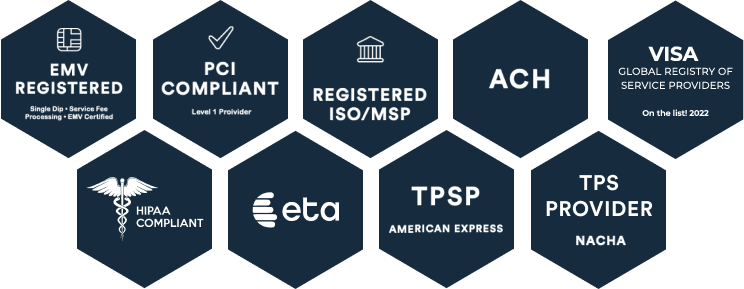For decades, government agencies and departments have structured their billing and payment processes through the identification of their citizens. In the latest Government Roundtable Series webinar, CORE’s SVP of Development—Alan Pyrz, VP Head of Government Sales—Justin Dillon, and VP of Marketing—Shash Cates unpack how revenue systems can also be structured through property. By prioritizing property identification, local governments can connect internal systems and provide a more consistent experience to every citizen.
Check out three takeaways from the discussion:
1. Government agencies can tie everything back to property.
While the challenges government agencies are facing today have evolved, the core issues remain the same. “We’ve all been looking for ways to connect government systems together,” said Pyrz.
This could mean connecting the process of renting a park shelter with knowing whether or not the citizen that wants to rent the shelter has paid all of their parking tickets.
“It should all tie back to property,” said Pyrz. “We’ve all been looking for that unique factor that ties government departments and areas together. And that connection is pretty consistently property.”
Without the connection of property, government agencies will struggle to align their internal systems and provide a consistent experience for staff and citizens. “Property is really the foundational element for government,” Cates added. “And that property could be a parcel of land, a pet, cars, any property that you own.”
Dillon shared an example of the challenge agencies face with vehicles and registration that arises annually. “Historically, everything is tied to a person’s name. And in the course of business there could be small discrepancies—a misspelling or a junior,” he said. “But when you shift to using the property as the key identifier, it can resolve a lot of challenges.”
2. Connecting and updating existing systems takes time.
Building a better citizen and staff experience starts with connecting all revenue management systems. While this may be a large task to accomplish all at once, the panel agreed that modernizing your internal system one department at a time can be the right approach.
“Citizens expect a similar checkout experience that they get from Amazon. They want to go to one place and see their bills in one location and pay them all at once,” said Dillon. But as each department implements their own billing system, often at different times and to solve different problems, creating a consistent citizen payment experience can become more difficult.
“It’s common for the experience to get disjointed overtime,” said Dillon. A burden that ultimately falls on the shoulders of staff spending additional time and energy connecting the data.
To build consistency for your citizens, and for your staff, you must look at your internal systems holistically and understand how they can share data, connect to one another, and present a united solution to the public. “Consistency in the experience is critical from the citizen’s standpoint,” said Dillon. If your systems aren’t connected, residents may have a positive experience with one department and a negative (or less-than-positive) experience with the next.
3. Future solutions must prioritize open data.
“When you look at technology options to upgrade the experience, you want to make sure you’re looking at solutions that make your data available to you,” said Pyrz. He recommended that future solutions shouldn’t lock you into upgrades in order to retrieve your data—they should be equipped to share between departments to complete your holistic view, save staff time, and improve the user experience.
Pyrz shared his experience and advice on how to get started:
“For example, every county, from the smallest to the largest, leverages GIS data. Getting that data and having it available is a great starting point for all of the property information you will need without having to key anything additional into your system…and most counties in the state are open with that data.”
The panel also recommended that agencies looking to update or modernize their systems should look for a vendor or partner that will grow and scale with them. Start by looking at how you bill and take payments for taxes and utilities, working up to the complexity of a parks and rec department. “You don’t have to eat the proverbial elephant in one bite,” said Allen. “You can do it in steps.”
To hear more, watch the entire webinar here.






